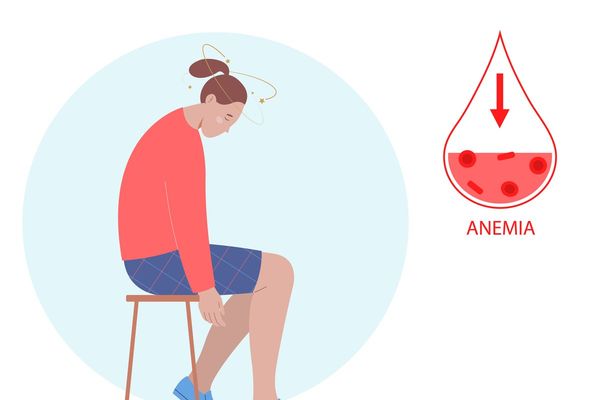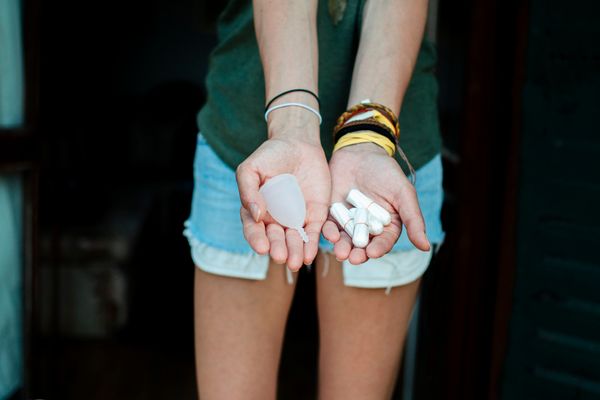Designed by Sarah Hoctor
What is iron deficiency anemia?
IDA happens when the body is missing the iron needed to produce healthy red blood cells that carry oxygen to organs and tissues.
Symptoms in teens may include:
- Weakness
- Extreme tiredness
- Poor appetite
- Irritability
- Sore or swollen tongue
- Cold hands and feet
- Pale skin
- Fast heartbeat
- Chest pain
- Shortness of breath
- Headache
- Dizziness or lightheadedness
- Brittle nails
- Pica (wanting to eat strange substances such as dirt or paper)
The signs and symptoms of IDA can overlap with those of other conditions, and some people with IDA may not experience any symptoms at all.
What causes iron deficiency anemia in teens?
- Poor diet that lacks iron-rich foods
- Blood loss from menstruation, especially heavy periods (heavy uterine bleeding)
- Growth spurts because the body needs more iron to keep up with red blood cell production
- Gastrointestinal (GI) problems like Crohn’s disease or ulcerative colitis, which can lower the body’s ability to absorb iron and/or cause bleeding in the GI tract
- Stomach ulcers that cause blood loss
- Certain types of cancer
Potential complications of iron deficiency anemia in teens
Teens with anemia may be too tired to do anything physical or might struggle to stay focused at school. If left untreated, anemia may also lead to:
- Delays in learning, growth and development
- Heart problems
- Increased risk of infection
Getting enough iron
To help your teen get enough iron, focus on feeding them foods that are rich in iron, such as:
- Cereal, bread, pasta and rice — enriched with added nutrients
- Meats — beef, pork, liver and other organ meats
- Poultry — chicken and turkey (especially dark meat)
- Shellfish — clams, mussels and oysters, and oily fish such as sardines and anchovies
- Leafy green vegetables — spinach, broccoli, kale and collard greens
- Legumes — lima beans, chickpeas, lentils and peas
Treatment for anemia
If your teen has anemia from low iron, there are several ways it can be treated.
- Iron supplements
- Intravenous (IV) iron
- Blood transfusions
- Treatments to reduce heavy menstrual bleeding
- Treatments for underlying diseases that may be contributing to the anemia
- Changing to an iron-rich diet
Worried your teen may be anemic?
Talk to your teen’s healthcare provider. Other tests may also be needed to find out why they have low iron.
This resource was created with support from Daiichi Sankyo, Inc.
- Comic: Annie Has Anemia ›
- Teen Health - HealthyWomen ›
- Premenstrual Syndrome (PMS) - HealthyWomen ›
- Menstrual Disorders - HealthyWomen ›
- Iron Deficiency Anemia and Heavy Periods: What's the Connection ... ›
- Top 3 Birth Control Options for Your Teenage Daughter - HealthyWomen ›








